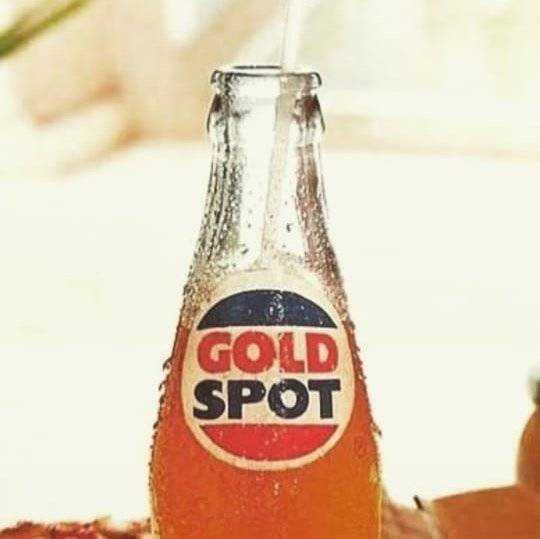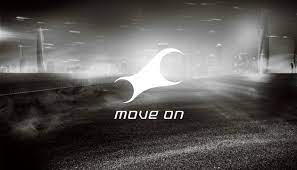Iconic Ads: Apple – Welcome, IBM. Seriously!

This ad positioned Apple as an upstart/ rebel against the bigger and established competitors like IBM.
Around 1980, Chiat/ Day began working with Apple.
Prior to this, Chiat/Day, a New York-based advertising agency, was actively seeking new clients outside of the city.
A copywriter was wanted at Apple’s headquarters. However, Jay Chiat had no idea which of his copywriters had any familiarity with personal computer systems. He had been watching a young writer who’d worked at MITS. Even though his work was important in New York, Jay sent him off for two weeks to San Francisco.
In advance of an Apple event (which Steve Jobs would attend) at the New York Hilton Hotel, Jay invited the young copywriter to join him.
In their meeting, the young copywriter and Jobs discussed computers, classical music, copywriting, and more. Later that night, they dined at the “Four Seasons” restaurant (a famous restaurant in New York).
Jobs was a few years younger than the copywriter and sat next to him. In his nervousness, the copywriter lit a cigarette, without realising that Jobs did not like it. Jobs then said, “Why does someone who behaves so well, smoke?” (The writer got the hint, went to the toilet and put the cigarette out.)
Then, Jobs added, “Jay thinks you’re the best writer.” This, the writer had no idea of. Then, Jobs spoke about his vision for Apple and told them it took four years to reach where they were.
After the meeting, Jay smacked the copywriter on the arm and said, “You did it, he liked you” as soon as Jay got into the copywriter’s car. The copywriter was most probably Steve Hayden.
Regis McKenna, the Svengali of the Silicon Valley had worked on Apple’s imagery and messaging till then. Now Jobs wanted the advertising to have a stronger tone and refined image.
The partnership started and without a doubt, Chiat/Day has been responsible for some of Apple’s brilliant advertising.
There is one of these efforts that have been almost completely overlooked. It happened a long time ago. That and the subsequent success would not have been possible if it hadn’t happened.
300 millionaires were created when Apple went public. However, only a few months later did it experience an existential crisis of sorts.
However, despite its growth, the personal computer market was still overshadowed by the mainframe business computer sector in which IBM was the leader.
Then, IBM also announced their entry into the personal computer industry in August 1981.
Comparing IBM’s entry into Apple’s market in the 1980s was like Google’s entry into yours today. This has the potential to be very scary & horrifying.
However, Jobs was unconcerned. After IBM released its new computer, Jobs ordered his team to buy one and disassemble it.

“A half-assed hackneyed attempt” was the opinion of the team. That made Apple overconfident, not realising that corporates preferred to buy from IBM who was established, rather than a firm named after a fruit.
In order to “cleverly depict the approaching computer conflict as a two-way struggle between the feisty and rebellious Apple and the establishment Goliath IBM,” Jobs decided to take out a full-page/ jacket ad, created by Steve Hayden & team at Chiat/ Day, in The Wall Street Journal.
Its headline: “Welcome, IBM. Seriously”
Commodore, Tandy, and Osborne were all successful personal computer firms at the time But the ad didn’t mention them, making it look like a 2-way battle.
The Bequest
The ad was huge. The “1984” ad, the “Think Different” campaign, and many other Apple ads are more memorable than this one. But this was a turning point.
But without this “Welcome IBM” ad, would Apple of 1981 have lived long enough to become the Apple of 2018?
It were moves like these that allowed Apple to progress forward and finally have the opportunity to become the firm it is today. It positioned Apple as an upstart/ rebel and create a David Vs Goliath scenario.
It has been copied too. A now-defunct music streaming service tweeted a similar message to Apple in 2015. Slack’s 2016 ad in the New York Times welcoming Microsoft to its business is another example of this.



